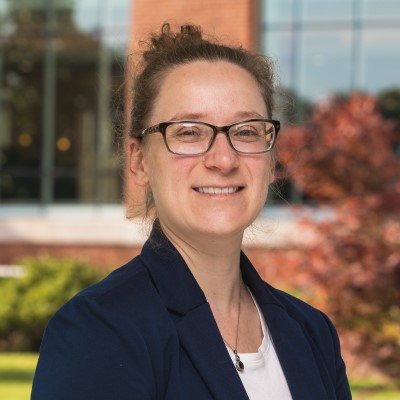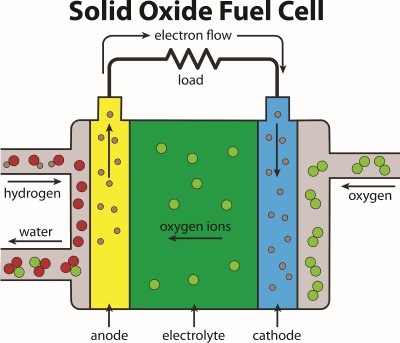
(More) Power to the People

A record-breaking heat wave in August 2020 triggered rolling blackouts in California, leaving 800,000 homes and businesses without power. The following February, a freak snow and ice storm in Texas cut off heat and electricity to more than 4.5 million homes. Last August, Hurricane Ida inundated the Gulf Coast, wiping out power to 1.2 million households across eight states.
Severe weather events like these used to be rare. But today — as a direct consequence of climate change — they’ve become more frequent, more intense and longer lasting. And by overwhelming the nation’s aging and already-overburdened power grid, they increasingly put human lives in jeopardy.
Our best hope for reducing the human toll of natural disasters is to overhaul America’s energy infrastructure, says Zana Cranmer. An assistant professor of Natural and Applied Sciences who specializes in energy and climate justice, Cranmer was recently awarded a National Science Foundation grant to explore the long-term viability of fuel cells for improved community resilience.
RELATED: Prof. exploring ‘ecological memory’ in Bahamas with NSF grant
FUEL FOR THOUGHT
“The centralized nature of our nation’s power system means that a relatively small amount of damage can cause extensive outages,” Cranmer explains, noting that the entire continent of North America is powered by two major and three minor interconnected grids — the components of which are an average of 30 years old.

Her research aims to identify more reliable energy solutions to sustain communities during natural disasters. Working with fellow scientists at Carnegie Mellon University and Colorado School of Mines, Cranmer is focused specifically on a single power source: solid oxide fuel cells. Though the technology itself isn’t new — fuel cells powered Apollo 11 to the moon in 1969 — their popularity is growing: In 2020, the U.S. Department of Energy committed $34 million to support fuel cell research.
“A solid oxide fuel cell works just like a battery,” Cranmer explains, by creating electrical energy via an internal chemical reaction. When this reaction occurs between a hydrogen-based fuel and an oxygen-rich electrolyte, the only byproducts are heat, electricity and water. Compared with conventional combustion-based technologies, which contribute to global warming, fuel cells are objectively cleaner and “greener.” (Although they’re not entirely emissions-free, Cranmer stresses: “The process of acquiring fuel to power these cells can still be harmful to the environment.”)
Fuel cells offer other key advantages: efficiency and scalability. Their average efficiency rate — that is, the amount of energy produced versus the amount consumed — is 60%, twice the rate of traditional coal-powered plants. And their compact size allows for virtually unlimited configurations.
“An individual house or apartment could be powered by a single fuel cell that’s roughly the size of a standard dishwasher,” Cranmer notes. “And you can stack multiple cells to create microgrids that power entire neighborhoods.”
RELATED: Going Beyond Going Green: Bentley’s Student Sustainability Leaders
POWERING EQUITY
Their adaptability makes fuel cells a compelling answer to America’s power grid problem, she says. “Microgrids can be disconnected from the larger distribution network. So during a system outage, they can be ‘islanded’ to provide a continuous power supply at the local level.” Minimizing weather-related power disruptions also brings us closer to achieving energy equity.
“Marginalized or low-income communities are disproportionately affected by prolonged power outages,” Cranmer explains, noting that limited finances prevent many residents from taking refuge in a hotel or elsewhere. They also may lack the space needed to house backup generators.
In her classroom, Cranmer strives to ensure students are aware of the social disparities wrought by climate change and energy insecurity. That’s why she’s excited to enlist Bentley students as research assistants for her NSF-funded project. Two students will work alongside Cranmer each semester to study and develop cost curves, which she and her co-researchers will use to create a microgrid optimization model.
“I want my students to understand how the energy decisions we make impact people and the environment,” she says. “As individuals and business leaders, we all have a role to play in finding sustainable energy solutions.”

